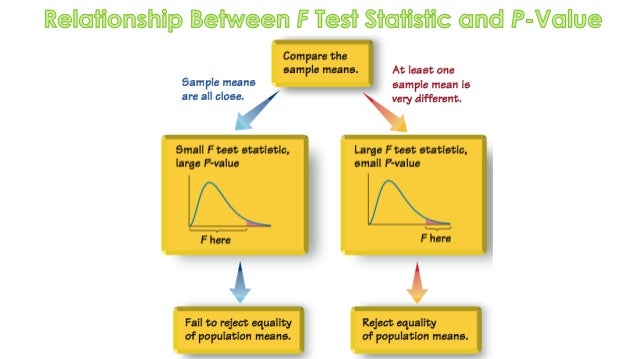
You learned that an ANOVA test can be used to identify correlations between distinct groups of a categorical variable and that the F-test score and p-value can be used to identify the statistical significance. Reporting_Airline 1 24008 24008 17.95 2.45e-05 ***īecause the F-test score of 17.95 is quite high and the P-value is 0.0000245, which is less than 0.05, the flight delays between “AA” and “PA (1)” are significantly different.īecause the ANOVA test produces a significant F-test score and a small P-value, you can conclude that there is a strong association between a category variable and other factors.
R studio anova variance plots how to#
How to Perform Tukey HSD Test in R » Quick Guide »Ī similar analysis can be used to “AA” and “PA (1).” data1%įilter(Reporting_Airline='AA'|Reporting_Airline='PA (1)')

It calculates the ANOVA results once you enter the arrival delay data of the two airline groups you want to compare.īecause the F-test score of 0.13 is less than 1 and the P-value is greater than 0.05, the prices between “AA” and “AS” are not significantly different. This chapter describes methods for checking the homogeneity of variances test in R across two or more groups. The association is substantial if the F-test score is high and no association if the F-test score is low. Plot Differences in Two Measurements-Bland-Altman Plot in R » Step 1: Loading Data library(tidyverse)įilter(Reporting_Airline='AA'|Reporting_Airline='AS') In general, you can consider a variance to be statistically significant if the p-value is less than 0.05. Let’s imagine you want to look at a category variable and see how it relates to other variables. and variable selection), analysis of variance (including ANCOVA and MANOVA). The second argument controls the output of the plot function: which 1 argument tells it to produce a residuals vs fitted values plot. This section describes basic (and not so basic) statistics. It does this by considering two sources of variance, the between-group.

You’ll also learn how to analyze the findings of an ANOVA f-test. For example, to produce a residuals vs fitted values plot, we use: plot(viciamodel, which 1, add.smooth FALSE) The first argument is the name of fitted model object. So in its roughest form, ANOVA analyzes the variance in the data to look for differences. The variances: tapply(count, spray, var) A B C D E F 22.272727 18.242424 3.901515 6.265152 3.000000 38.606061 And sample sizes tapply(count, spray, length) A B C D E F 12 12 12 12 12 12 And a boxplot: boxplot(count spray) How does the data look couple of Asides Default order is alphabetical.

Analysis of Variance in R, You will be able to identify reasons for employing an Analysis of Variance (or ANOVA) test in your data analysis after completing this tutorial. To perform an ANOVA in R I normally follow two steps: 1) I compute the anova summary with the function aov 2) I reorganise the data aggregating subject and condition to visualise the plot I wonder whether is always neccesary this reorganisation of the data to see the results, or whether it exists a f (x) to plot rapidly the results. ANOVA, Analysis of Variance, is used to analyze differences in two or more means for a single quantitative response variable and a single categorical.


 0 kommentar(er)
0 kommentar(er)
